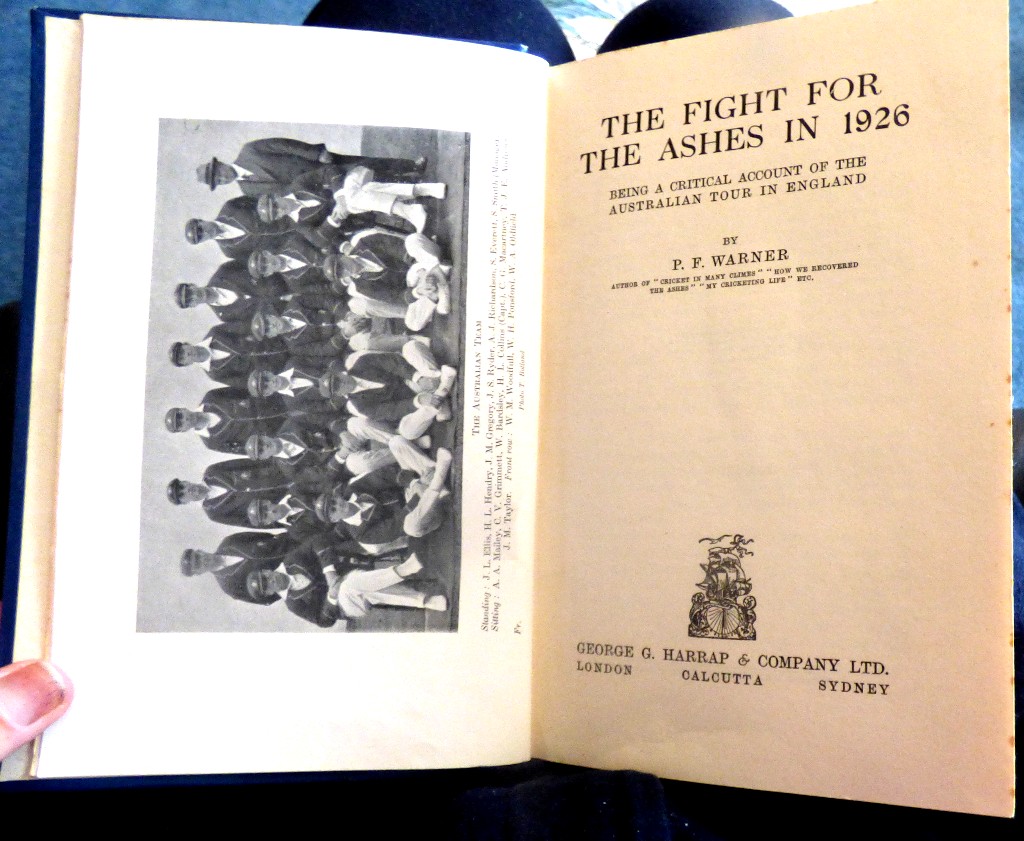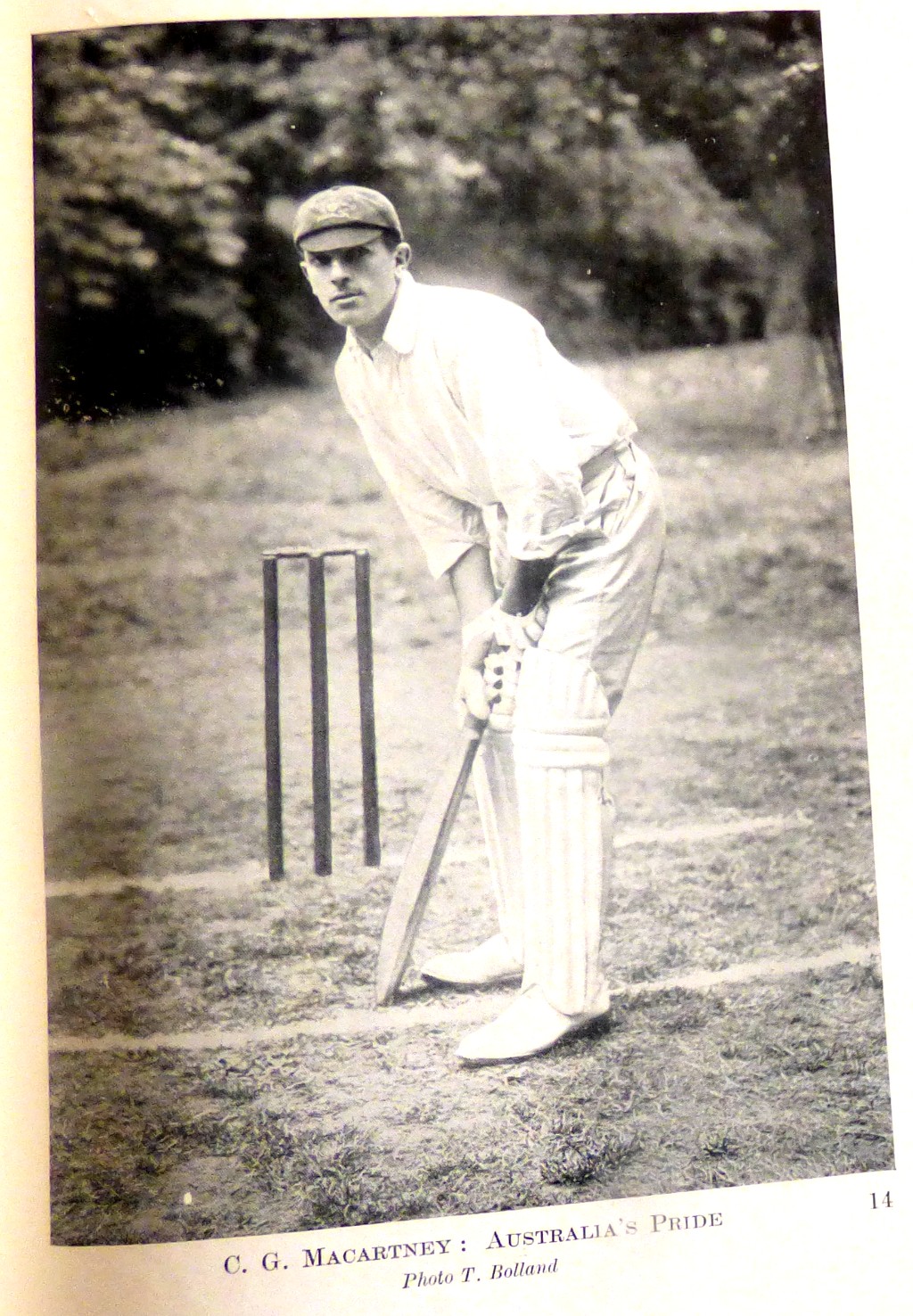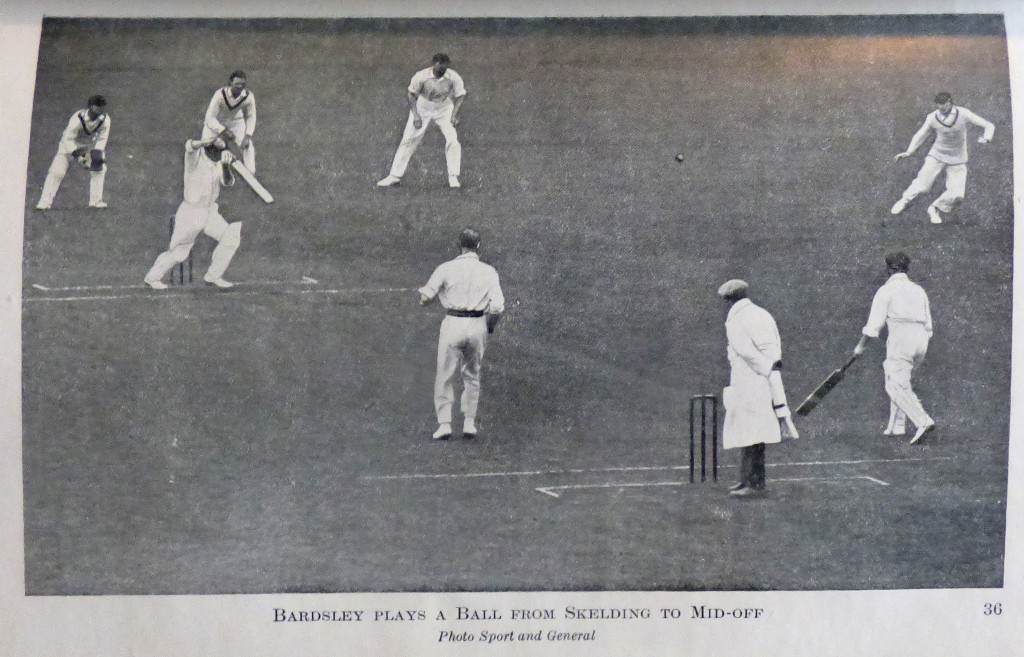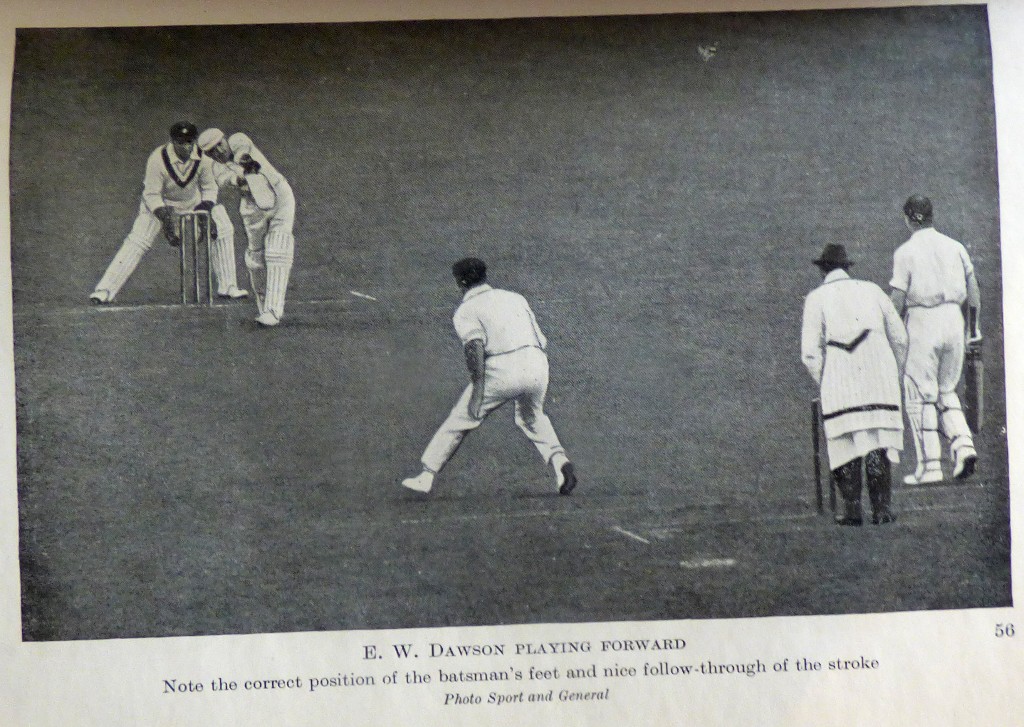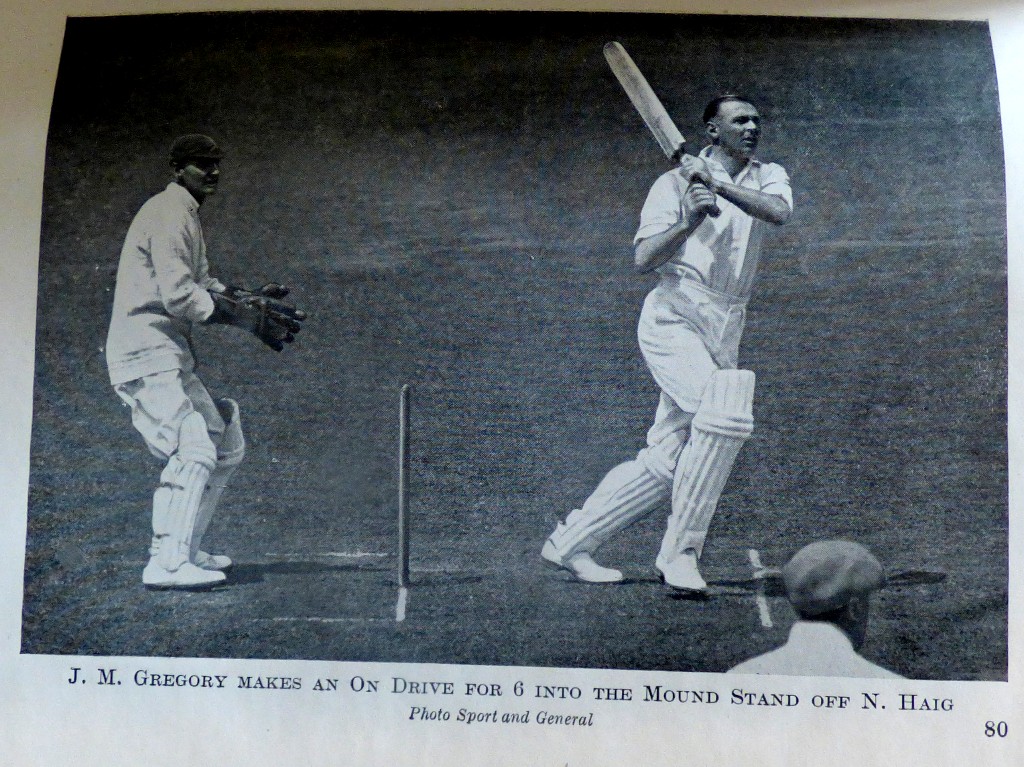Four days ago a test match between the Indian and Australian Women’s teams got underway in the city of Mumbai. I was only able to follow developments through cricinfo and some of my twitter and mastodon followers, so this post will be a bit sketchy, but you will see why I could not ignore it. India Women had never beaten Australia Women in a test match going into the game, but they had just won a test against England Women in Mumbai…
THE AUSTRALIAN FIRST INNINGS
The first hint that not all was going to the way of Australia came in the first innings of the match, when they managed only 219, with Pooja Vastrakar taking four wickets, Sneh Rana three and Deepti Sharma two. Vastrakar’s effort was especially significant – both because day one often sets the tone and because seamers should do well early in matches.
THE INDIAN FIRST INNINGS
India started impressively with the bat, with Smriti Mandhana, Richa Ghosh and Jemimah Rodrigues all making runs, and looked set for a massive lead when they passed 250 with only three wickets down. They then suffered a mid-innings collapse and at273-7 it looked like an opportunity to bury the match had been squandered. However, for the all their positions at numbers eight and nine in the order both Deepti Sharma and Pooja Vastrakar are competent batters, with Sharma being a genuine all rounder in any format save T20, where her relatively slow scoring rate counts against her. This pair reasserted India’s dominance, batting all the way through the final session of the second day and taking India’s lead past 150. India ultimately topped 400, finishing with 406 for a lead of 187. Sharma had the top score of the match with 78, and Vastrakar had set a new record for an Indian number nine in a test match with 47.
THE AUSTRALIAN SECOND INNINGS
Australia, as one would expect of such a strong and determined side fought hard in their second innings, but never really threatened to take the initiative away from India. Perry, McGrath, Healy and Sutherland all provided stiff resistance, but by the close of third day Australia were five down and only 46 to the the good. Had their lower order been able to conjure another 100 on the final day Indian nerves might have been jangling, but in the end they only managed a further 28, to give themselves just 74 to defend. Sneh Rana claimed four wickets with her off spin, and two other spinners, skipper Harmanpreet Kaur and Rajeshwari Gayakwad claimed two scalps a piece, while Vastrakar added another wicket to four first innings scalps. Tahlia McGrath had battled her way to 73.
THE INDIAN CHASE
Shafali Verma was out cheaply to make it 4-1, but Richa Ghosh offered Smriti Mandhana good support, and by the time she was out only a further 20 were needed for victory. Rodrigues joined Mandhana and this pair were still together when India completed an impressive win, Mnadhana 38*, Rodrigues 12*. Sneh Rana’s seven wicket match haul earned her the Player of the Match award, though both Vastrakar (five wickets across the two innings and a vital 47) and Sharma (the highest individual score of the match and two wickets) must have been close, especially the former. All credit to India for winning this one – Australia were unbeaten in the format since 2014 going into this match. A full scorecard can be seen here.
PHOTOGRAPHS
Time for my usual sign off…






















































































































































































